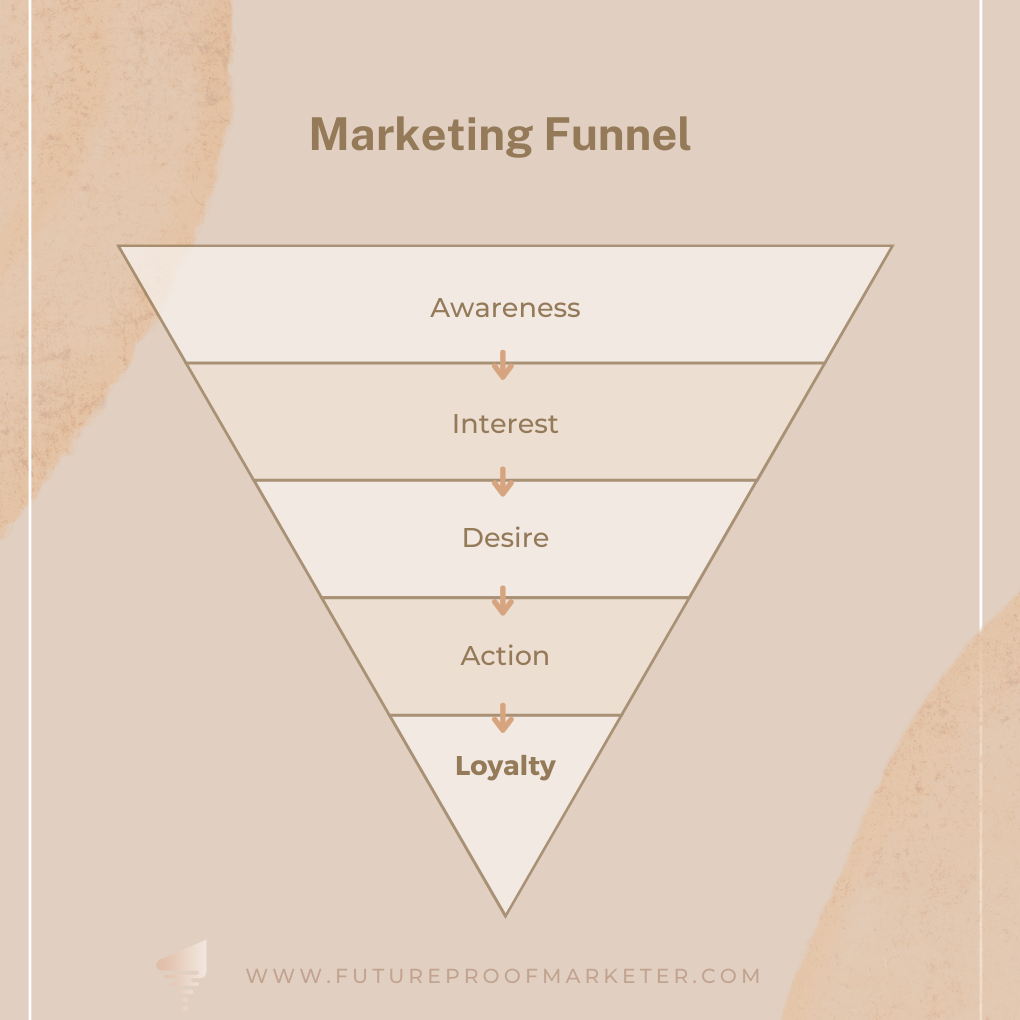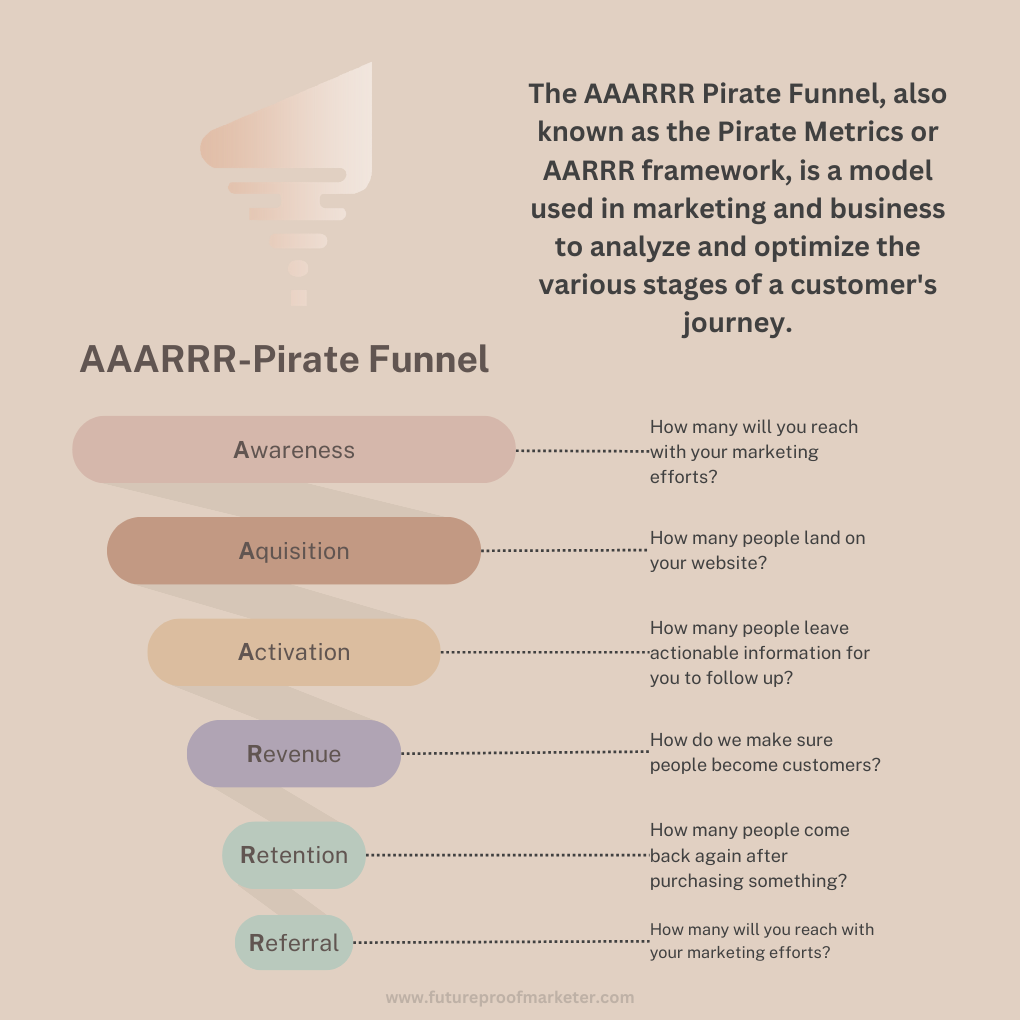Why copy from other marketers?
When I was younger and dumber I used to think my marketing needed to be original. My definition of “being original” boiled down to thinking I needed to come up with it myself. I would read books, watch courses, and talk to many different people, but would not do what they did because that would not make it original.
But I would never copy them, because again, I thought my work needed to be original.
Which literally goes against the reality of how the world operates. The thing is that we all copy. All the time. Since were born.
The reason most kids' first word isn’t Moon or Pneumonoultramicroscopicsilicovolcanoconiosis (yes this is a real word) is that we teach them Mama and Papa. We as human babies, copy our surroundings (to a degree). "
Learning vs. Copying: The Marketing Perspective
In the world of marketing, the line between copying and learning is often blurred. But there's a fundamental difference. Learning from other marketers means understanding the strategies that work and adapting them to fit your unique context. Copying, on the other hand, is not about imitation but about taking what works and making it your own.
The Art of Creative Borrowing
Creative borrowing is an art form in marketing. It's about seeing what is effective in the market and integrating it into your strategy in a way that aligns with your brand's voice and your audience's expectations. This doesn't mean you plagiarize or lose your originality; it means you build upon a foundation laid by others.
Creative borrowing in marketing is akin to a chef sampling the world's cuisines to inspire a new, innovative dish. It's a process of exploration, discovery, and inventive application. When you engage in creative borrowing, you're not just taking a concept and replicating it; you're dissecting it to understand the underlying principles that make it successful.
For instance, if a storytelling approach in an ad campaign captures your attention, analyze it. What is the narrative arc? How does it engage the audience? What emotions does it evoke? Once you understand these elements, you can apply similar principles to your brand's story, ensuring it's tailored to your audience's values and interests.
Creative borrowing also involves cross-industry inspiration. Techniques used in one industry can be revolutionary when applied to another. This cross-pollination of ideas can lead to breakthrough innovations in how products are marketed and can distinguish your brand in a crowded marketplace.
Why Reinvent the Wheel?
Consider the wheel – it's been around for millennia. We don't try to reinvent it; instead, we improve upon it. The same goes for marketing strategies. If a technique works for a multitude of businesses, it's not about copying it verbatim but understanding why it works and how it can be molded to serve your business goals.
The Success of Models
In every field, there are models of success. In marketing, these models come from tried and tested methods that have yielded results. By studying these models, you can avoid common pitfalls and accelerate your journey to success. It's not about stealing ideas; it's about standing on the shoulders of giants to see further.
Models of success in marketing are like templates that have been refined through trial and error. They provide a roadmap to effective strategy and execution. However, the success of these models doesn't lie in their rigid application but in their flexible adaptation.
Take, for example, the sales funnel model. It's a proven framework that guides potential customers from awareness to purchase. But the most successful marketers don't use this model as a one-size-fits-all solution. They customize it. They study their audience and adjust the stages of the funnel to align with the customer journey, sometimes adding new stages or touchpoints that are unique to their market segment.
Moreover, successful models often incorporate feedback loops, allowing for continuous improvement. By analyzing data and customer feedback, marketers can tweak and refine these models, ensuring they remain relevant and effective.
Adaptation and Evolution
The key to successful marketing is adaptation and evolution. What you "copy" should not be static. Markets change, consumer behaviors shift, and what worked yesterday might not work tomorrow. By learning from others, you can adapt strategies to fit the current landscape, ensuring your marketing remains effective.
Adaptation and evolution in marketing are about staying agile and responsive to the ever-changing business landscape. It's not enough to adopt a successful strategy once; you must continually evolve it to meet new challenges and opportunities.
This means keeping a keen eye on market trends, technological advancements, and shifts in consumer behavior. For example, the rise of social media has transformed how brands engage with customers, necessitating an adaptation in marketing strategies. Brands that have successfully evolved their approach to include social media engagement have seen significant benefits.
Furthermore, adaptation is about personalization. In an age where consumers expect experiences tailored to their preferences, marketers must use data to personalize their campaigns. This could mean segmenting email lists for targeted messaging or using AI to recommend products based on browsing behavior.
Evolution, on the other hand, is about long-term change. It's about anticipating where the market is heading and adapting your strategy proactively. This could involve investing in new technologies, exploring untapped markets, or even pivoting your business model to stay ahead of the curve.
In essence, adaptation and evolution are about embracing change as the only constant and viewing each shift in the market as an opportunity to learn, grow, and innovate. By doing so, marketers can ensure that their strategies remain fresh, relevant, and effective, no matter what the future holds.
Collaborative Growth
Marketing is not a zero-sum game. By sharing knowledge and experiences, marketers can grow collectively. When you apply the lessons learned from others, you contribute to an ecosystem of shared success. Your adaptations may very well become the blueprint for someone else's strategy.
Conclusion: The Symphony of Marketing
In conclusion, the idea that marketing must be born from a vacuum of originality is not just impractical; it's a hindrance to growth. We live in a symphony of ideas where melodies are shared, adapted, and improved upon. By learning from other marketers, you're not just copying; you're participating in a collaborative process of innovation. Your marketing doesn't have to be original to be effective—it just needs to be smart, adaptive, and responsive to the needs of your audience. So, listen to what's out there, learn from the success of others, and let those insights guide you to create marketing strategies that resonate and yield results.
Copy + Tweak + Paste




